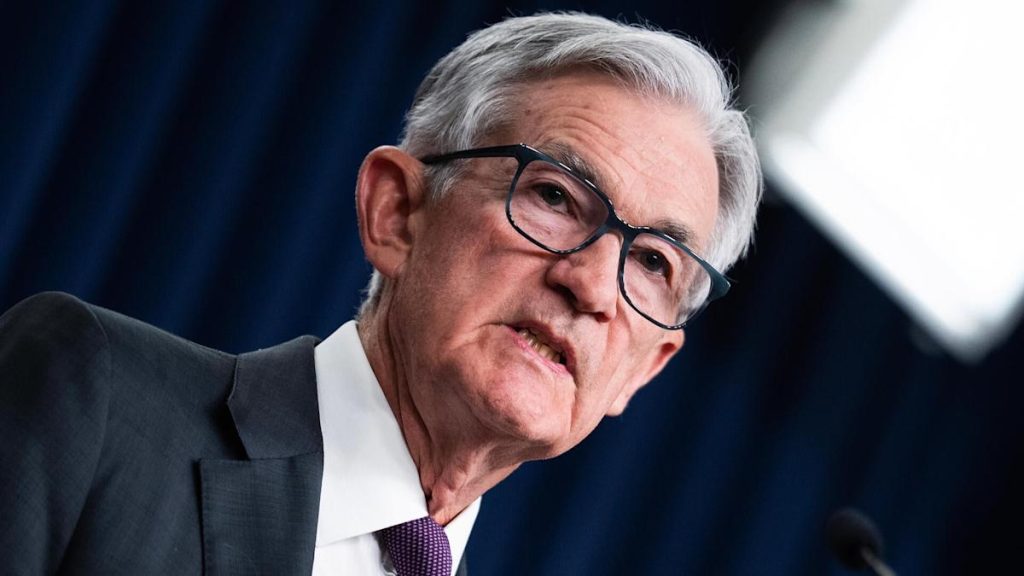The Federal Reserve said Wednesday it is leaving its benchmark interest rate unchanged, resisting pressure from President Trump to lower U.S. borrowing costs as policy makers assess the economic impact of his trade policies.
By the numbers
The Fed said it will maintain the federal funds rate at its current range of 4.25% to 4.5%, where it’s been parked since the central bank last moved to lower short-term rates in December.
The federal funds rate — the rate banks charge each other for short-term loans — helps determine what businesses and consumers pay in interest on loans and credit card debt.
What does the Fed say about the economy?
The Fed, which has a dual mandate to keep inflation low while maintaining a healthy job market, on Wednesday signaled that economic risks are on the rise.
Concerns that Mr. Trump’s tariffs could spur both higher inflation and unemployment were highlighted by Fed chair Jerome Powell in a press conference to talk about the central bank’s decision. But Powell noted that while consumer and business sentiment has sharply dropped, the impact of Mr. Trump’s tariffs haven’t yet materialized in hard economic data.
“We’ve judged that the risk to higher inflation and unemployment has risen” since March, when the Fed last met, Powell said. But, he added, “We can’t say which way this will shake out.”
Because of the uncertainty of the economy’s path under the Trump administration’s trade policies, the central bank wants to take a wait-and-see approach, Powell added. At the benchmark rate’s current level, the Fed has the flexibility to cut rates if unemployment rises, or hike rates if inflation reignites due to the impact of Mr. Trump’s tariffs, he noted.
At the same time, Powell noted there are concerns that the Fed could face a situation where its dual mandate is in tension, which could occur if inflation and unemployment simultaneously spike. In that scenario, the central bank would need to focus on which side of the mandate is the farthest from the Fed’s goal, and prioritize taming that part of the economy, he added.
“This would be a complicated and challenging judgment we would have to make,” Powell said. “If the two goals are in tension — if unemployment is moving up in an uncomfortable way, and so is inflation — we would look at how far they are” from the Fed’s targets, and focus first on the economic issue that’s under greater stress, he added.
Wall Street interpreted Powell’s comments as signaling an increased risk that the U.S. economy could slide into stagflation, or a combination of slower economic growth and higher inflation.
Story Continues

